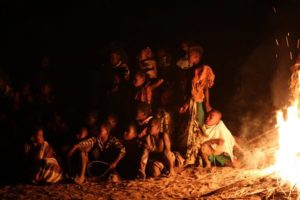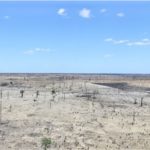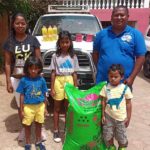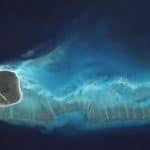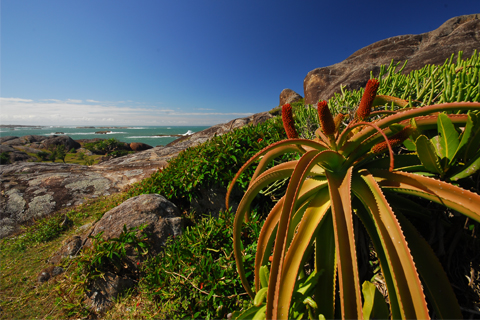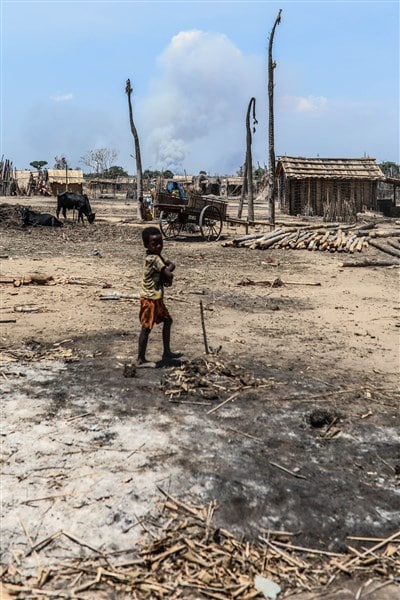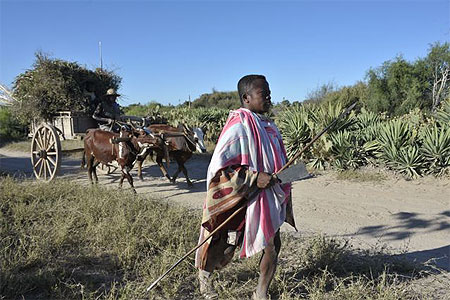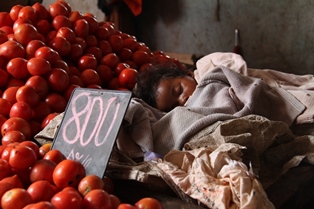The fishermen of the Vezo tribe
The Vezo people, who may derive their name from "mivehy izao" (to handle the oar), live on a coastal strip stretching from the south of Toliara (Tulear) to the north of Morondava, never more than a few hundred meters from the sea, although some of them have turned to agriculture with more or less luck.
It is indeed nomadism that distinguishes the Vezo from other Malagasy peoples. Being comfortable on the water from an early age, they do not hesitate to leave their villages for several months to reach fishing grounds far from their usual bitterness. Life is hard, the risks are numerous, but the sea is their life.
Nomadism
From April to December, the Vezo's are on the high seas. For a few days or several weeks, they camp with their families on a beach or a deserted island, using the sail and mast of their pirogue as a tent.
From January to March, when hurricanes, storms and dangerous swells prevail, the Vezo take a break in their home villages. They spend their time tending to their second home, the shuttle canoes, and fishing in the calm waters of the lagoons and mangrove channels.
The pendulum Pirogge ("lakam-piarana")
Carved from the trunk of a single tree, the Vezo pirogue is powered by the force of the wind, 
Traditional fishing of the Vezo
It is aboard a Lakam piarana that the fishermen set sail. At the edge of the coast, "an-dohan ny riaka" (at the head of the sea), they fish with nets.
Fishing "andriva" (also in deep waters) is by far the most common fishing method and allows large catches.
Bottom fishing
Very appreciated is the "anosy" fishing (waters around coral islands) practiced during the day with a net and at night with a bottom line. Some fishermen specialized in free diving harvest holothuries and catch big fish and lobsters with a harpoon.
Others, not without risk, master sea turtles in hand-to-hand combat and uncover the skulls of these reptiles as trophies staked out in front of their homes.
The habitat Vezo
The houses, built of plant material, line up along a north-south axis on the beach. A mangrove forest hedge unites the huts of members of the same family over several generations in a rectangular "vala" (enclosure).
Narrow east-west and north-south passages allow movement between enclosures.

